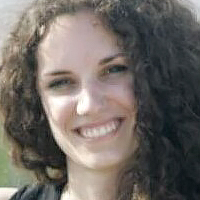GUEST WEBINAR
Efficient liver disease modeling through hepatic differentiation of fibroblast-derived WT and disease-specific hiPSC lines

Human induced pluripotent stem cell (hiPSC) technology has led to major breakthroughs in the fields of human biology and engineering. Human iPSCs are now widely used for many applications, including developmental biology studies, disease modeling, drug screening, and regenerative medicine. However, their cultivation, expansion, and differentiation towards desired cell populations for disease modeling remain challenging.
In this webinar, Dr. Julie Estève describes the efficient generation of a hiPSC-derived hepatocyte model for primary hyperoxaluria type 1 (PH1), a rare inborn hepatic disease that is often caused by a mutation in the alanine-glyoxylate and serine-pyruvate aminotransferase (AGXT) gene.
Webinar outline:
- Pathophysiology of PH1 and current therapeutic strategies
- Generation of hiPSCs from PH1 patient-derived fibroblasts
- Monolayer culture and expansion of PH1-hiPSCs under feeder-free conditions
- Efficient differentiation of PH1-hiPSCs to hepatocytes
- Demonstration of the therapeutic benefit of AGXT gene therapy in PH1-HLCs
About the Presenter
 |
Julie Estève obtained her PhD in the field of biotechnology exploring new pathways in regenerative medicine. She worked with human iPSCs, using them as new tools for the treatment of a rare inborn hepatic disease. She is also a trained pharmacist. | |
Julie Estève, PharmD, PhD |

